The 300 Blackout was designed by Remington/AAC to create a reliable, compact .30 caliber round for the AR platform that uses a standard bolt and magazine. 300 Blackout is optimized for suppressed fire with heavy bullet subsonic loads but can also be used with supersonic ammunition when extra range is needed. The twist rate will work well for subsonic and supersonic loadings alike and there is typically no need for an adjustable gas block when switching back and forth between the two loadings. All these specifications come together to create a round that is great for home defense, law enforcement / military use, as well as hunting.
Two very popular factory loads for the 300 BO include the Hornady 110 grain V-Max bullet that pops out a muzzle velocity of 2375 fps and a muzzle energy of 1378 foot pounds. The other is the Remington Hog Hammer using a 130 grain Barnes TSX boat tail bullet that generates a MV of 2400 fps and a ME of 1407 foot pounds. Both of these are highly effective rounds for light hunting up to an including white-tailed deer.
I have personally harvested deer with the 110 grain Hornady load, one shot kills. I have complete faith in it at reasonable ranges with good bullet placement. One other tidbit of information by way of comparison, the 300 BO generates 16.7 per cent more energy at 300 meters than the 7.62×39 or the AK round. The 300 BO also can utilize subsonic rounds with an installed suppressor if you are inclined to file the ownership paperwork and the NFA $200 application fee with up to a year delay in getting the permit. We'll keep checking for Blackout subsonic and supersonic ammo that breaks the cost and performance barriers with a differing bullet weight and Full Metal Jacket.
Open tip bullets, hollow point alternatives, full metals jacket brass bullets, we got all the BLK ammo that handles bullet drop, as well as ammo for suppressed rifles and pistols. So sign up in the top bar to keep up with the latest info on availabilityu of blackout ammo and bulk ammo deals on hollow point ammo and firearms. Essentially, any ammo that can travel faster than 1,125fpts, or the approximate speed of sound, is considered supersonic. Subsonic ammunition, then, is anything that travels slower than 1,125fps.
If it's a quiet shot you're going for, you'll need subsonic ammunition and a quality silencer, which the .300 is compatible with. Keep in mind, however, that subsonic rounds are not made for hunting as they don't have the penetration power and velocity needed to take down your target. Coupled with a silencer, the maximum range can be reduced to as low as 50 yards. The max effective range of the .300 Blackout supersonic load is listed at 500 yards, and with the subsonic load, is listed at 220 yards. Muzzle velocity for the supersonic 125 grain FMJ bullet is 2,215 feet per second, and muzzle energy is 1,360 foot pounds.
For the subsonic load, muzzle velocity is 1,010 feet per second, and muzzle energy is 498 foot pounds. Downrange, the .300 Blackout is accurate enough to deliver groups smaller than one inch at 100 yards. Do you want the ideal cartridge to use with a suppressor or in rifle with a short barrel? The .300 Blackout has a good reputation for cycling the bolt reliably when using subsonic ammo and when used in short barreled rifles. Additionally, it doesn't suffer nearly as big of a drop off in performance as the .308 Winchester or .223 Remington with a shorter barrel length either. In the first paragraph, the author describes the .300blk round, and says "The round is tougher, stronger and flies further than 5.56mm NATO." Tougher?
Yes, but to the main point… The .300blk does not fly farther than 5.56mm. The .300blk is basically a trimmed down 5.56mm case to accept 30 caliber bullets, over 200 gr. It is filled with fast burning pistol powders to achieve rapid and complete burn in short barrels.
Combine minimal case volume with overweight bullets, and you get "rainbow" like trajectories. The .300blk is effective up to 300yds, while 5.56mm is efective up to 500yds. Even at those sub 10″ barrels I doubt the .300blk goes any further. Regardless, you do not choose .300blk for long range, it is designed to be a close quarters round for suppressed sbr's, that hits harder than 9mm or 5.56mm. You'll want to keep your hunting distances within reason, and choose a bullet that will expand reliably at the furthest distance you expect to take an animal with the Blackout—where that bullet will slow down.
I'm not one of those guys who gets hung up on energy figures—where the commonly accepted figure of 1,000 ft.-lbs. To kill a deer came from, I don't know—but you definitely need reliable expansion in order to kill effectively. Looking at just a few, Hornady loads the 135-grain FTX bullet at a muzzle velocity of 2,085 fps, and this will make a great hunting round. They also load their 110-grain GMX—an all-copper, polymer-tipped bullet—that will also get the job done well, again, providing you use it within sane ranges.
Barnes builds their VOR-TX Blackout ammo around the 120-grain monometal TAC-TX bullet; Barnes worked very hard to deliver a bullet that is plenty accurate and yet gives good expansion and penetration. The subsonic 300 Blackout loads are often compared to 45 ACP, 10 mm or 9mm subsonic rounds. The advantage of 300 Blackout is if the shooter wants an AR-pattern rifle or pistol that is easily suppressed, they can use a common magazine and typically only need to swap an upper receiver.
Pistol caliber conversions for the AR platform often need different magazines, buffer assembles and other changes to make them effective and reliable. 300 Blackout on the other hand is designed for slower velocities and the Barnes 110 grain Black Tips are excellent at expanding out of short barrels. Which leads us to range – In my opinion 300 blackout is best served as 300 yard max with supersonic ammo like the Barns and 100 yard with expanding subsonic. You need to do the work and research here to see if your preferred short barrel length will match those estimates. I know someone reading this has a gun that they can hit milk cartons at 800 yards with their blackout, I get it, but that is not the norm.
Since 300 BLK is designed for maximum compatibility with the standard AR platform, a 300 BLK round will load into a 5.56mm-chambered AR, resulting in what we call a "ka-boom". The projectile has nowhere to go, and thus plugs the barrel. The firing pin will engage the primer since it's in the same spot as a 5.56mm load. If you're using cheap components, you could very well get a face full of shrapnel.
If you're a 300 BLK shooter, do yourself a favor and keep everything super-segregated. Don't even bring a 300 BLK gun with you to the range on a day you're shooting 5.56. Another tip is to notate your magazines and even use dedicated 300 BLK magazines such as the 300 BLK-dedicated magazine from Magpul.
It's actually pretty neat, it's super-optimized for the load and negates the occasional malfunction 5.56mm magazines present to the cartidge. A fool and his money may be soon parted but I fail to see your connection to how this means no one should shoot 300 blk. I sold my 308 win, 556, and other calibers to shoot 300 blk near exclusively specifically for the economy of it.
If you shoot enough to be worried about high cost of ammo, you should be reloading anyways. Economy is the name of the game and 300 blk fills the bill for everything I need it to do. A .30 caliber, 125 grain bullet with a muzzle velocity of 2,500 fps would be pretty devastating at close range if the bullet was designed to expand and stay together at that velocity. Advanced Armament was able to achieve this by shortening a .223 Remington/5.56mm brass case and then "necking" up the brass case to utilize a larger, heavier .308"/7.62mm diameter projectile.
This has made the round extremely popular with the civilian AR-15 market for target shooting, hunting, and defensive use. While subsonic ammunition surely does have its benefits when it comes to covert operations, close range, and personal defense, this kind of bullet is not ideal for the big game hunter. These lowered stats can result in unethical game kills and can lead to animal suffering even if you think you made a clean shot.
The .300 BLK, on the other hand, offers a performance level that the .223 Rem. Many people feel the .22-caliber centerfire bullets are a bit light for deer, and I can agree that the .300 BLK, with a good hunting bullet, will make a better hunting choice. Should you prefer the capability to deliver a subsonic bullet accurately with enough oomph to neutralize a threat inside of a home, the .300 BLK may just be your baby.
It really is two different rifles in one, giving both the subsonic and supersonic experience in the same platform. 300 AAC Blackout was designed to give the AR platform extra umph in terms of power and penetration on intermediate ranges with reduce recoil while holding the 30 round mag. Its original intent was to provide outstanding terminal performance and accuracy going through suppressed with subsonic or standard ammunition.
The 300 Blackout round has its roots in the 300 Whisper cartridge designed by JD Jones of SSK Industries in the early 1990s. Jones formed the brass from 221 Fireball cases expanded to take a .30 caliber bullet. By varying the load, lighter bullets could be fired at supersonic levels with the power of the Soviet 7.62 x 39 or used with heavier bullets at a subsonic level for use with a sound suppressor.
One of the hottest new rounds to emerge in the past few years is 300 Blackout; this is a true dual-purpose intermediate sized cartridge that can be fired in both subsonic and supersonic loads. It was designed to be used in AR-pattern rifles with only a barrel change to convert a traditional AR-15 rifle from 5.56 NATO. It has since become one of the most popular rounds to use with a suppressor. At the same time, the .300 Blackout has virtually all the same advantages as the .223 Remington on big game like light recoil and wide availability in quality semi-automatic rifles. However, the .300 Blackout uses heavier and larger diameter bullets with more kinetic energy.
For this reason, it's arguably a better cartridge for shots on big game inside 150 yards than the .223 Remington (especially when used in a rifle with a good .300 Blackout scope). Fitting in standard AR magazines, it is very generous when it comes to overall length. Generally, if they fit in the magazine, they load, and short bullets seem to work just as well.
It allows you to load everything from cost-effective practice ammunition for range use to higher velocity hunting and target rounds exhibiting excellent accuracy. Built to be fired with a suppressor, it is essentially a sub-gun using a modified rifle cartridge on an actual M4. Properly tuned, it performs this job incredibly well — much better than the weapon it replaced. Bullets in the 200- to 240-grain range fired at about 1050 fps are very effective close-range weapons. These guns work well suppressed with short barrels, exponentially better than similar 5.56mm weapons.
Furthermore, the ammo could cycle and run effectively in an AR in both subsonic and supersonic varieties. For suppressor users, subsonic ammunition is of importance since it negates the sonic boom as the projectile breaks the sound barrier. Even the supersonic rounds suppress well, utilizing less powder to propel the projectile at an effective velocity as compared to 5.56mm. The Blackout is able to cycle both subsonic and supersonic rounds without any modifications. Paired with subsonic rounds and a suppressor, this combination renders the recoil on a .300 BLK rifle almost to nothing with significantly less sound. That may be why more SWAT and SRT units across the country have begun to use this caliber in their rifles.
It's a practical conversion for civilians too because all you need to do is swap out the barrel. Though, if you're like us it's really just a good excuse to build out a new complete upper. Just like you'd expect from the name, the Winchester Deer Season XP line of ammo is great for hunting deer. The company currently manufactures a .300 Blackout load featuring a 150 grain Extreme Point bullet that's an excellent choice for whitetail deer hunting at short range.
These bullets are designed for rapid expansion in order to produce a large wound channel and minimize any tracking after the shot. As far as hunting goes, the 300 Blackout is all but the most anemic of the 30 caliber cartridges. It also has quite a few hog hunters very happy with its performance.
A subsonic round made to be used with shorter barrels and a suppressor, you'll get a maximum velocity of around 1,060 and a muzzle energy of nearly half that in foot pounds. Designed with a 200gr weight, each round is also made with clean-burning powder for an ideal shot every time. For the bolt action rifle shooter, action length is often an important consideration, as this can affect the weight of the rifle and its overall configuration for handling recoil. Typical bolt action lengths are referred to as short, long and Magnum. The long action is used for rifles chambered in calibers such as Springfield. Magnum actions are intended for powerful belted magnum cartridges such as 300 Winchester Magnum, 459 Winchester Magnum or 375 Holland & Holland.
The short action is intended for everything from 17 Remington up to 308 Winchester and this is the size needed for a bolt action rifle chambered in 300 Blackout. That being said, the advent of better quality bullets has made the .223 Remington a much more effective big game hunting than it used to be. Since it is commonly available in semi-automatic rifles and has such a light recoil, follow-up shots are very easy with the .223 Remington. This makes the cartridge a very popular cartridge for hunting situations that require a lot of shooting, like feral hog control. When using a quality bullet like the Hornady GMX, it will really do a number on all but the biggest hogs. Around the same time, leaders in the military started to look for a new cartridge that could reliably shoot .30 caliber bullets from an M-16 or M-4 rifle while still using a standard bolt and gas system.
Additionally, they wanted a cartridge dimensionally similar enough to the 5.56x45mm that a standard M16/AR magazine could still hold 30 rounds of the new cartridge without any modifications. As we said in the previous section, they made the .300 Blackout to fit certain characteristics. First, its muzzle energy had to equal or exceed the AK-47. Thirdly, it had to use unmodified .30 magazines and unmodified AR-15 bolt. It had to use a gas impingement system, and be able to shoot both subsonic and supersonic. All crude jesting aside, unless you are wanting to shoot subsonic rounds from a short barrelled weapon with a suppressor, there is not much point to having the cartridge.
Ifyou want to shoot .30 caliber bullets, move up to a larger platform that can shoot a real .30 caliber such as .308, or .300 Win Mag. With that in mind, just shoot those bullets at the range and use bullets designed for better terminal performance when hunting. Fortunately, there are some great options for .300 Blackout hunting ammo currently on the market that are suitable for use on deer, feral hogs, varmints, and other game.
The 7.62x39 'can' be suppressed and it can run subsonics but doing so requires a rifle other than an AK and a non-standard twist rate. The .300's standard specs allow it to do very well with light bullet supersonic loads, heavy bullet subsonic loads and it does very well with either in shorter barrels. Even the small .22lr breaks the sound barrier, and gives a small sonic crack.

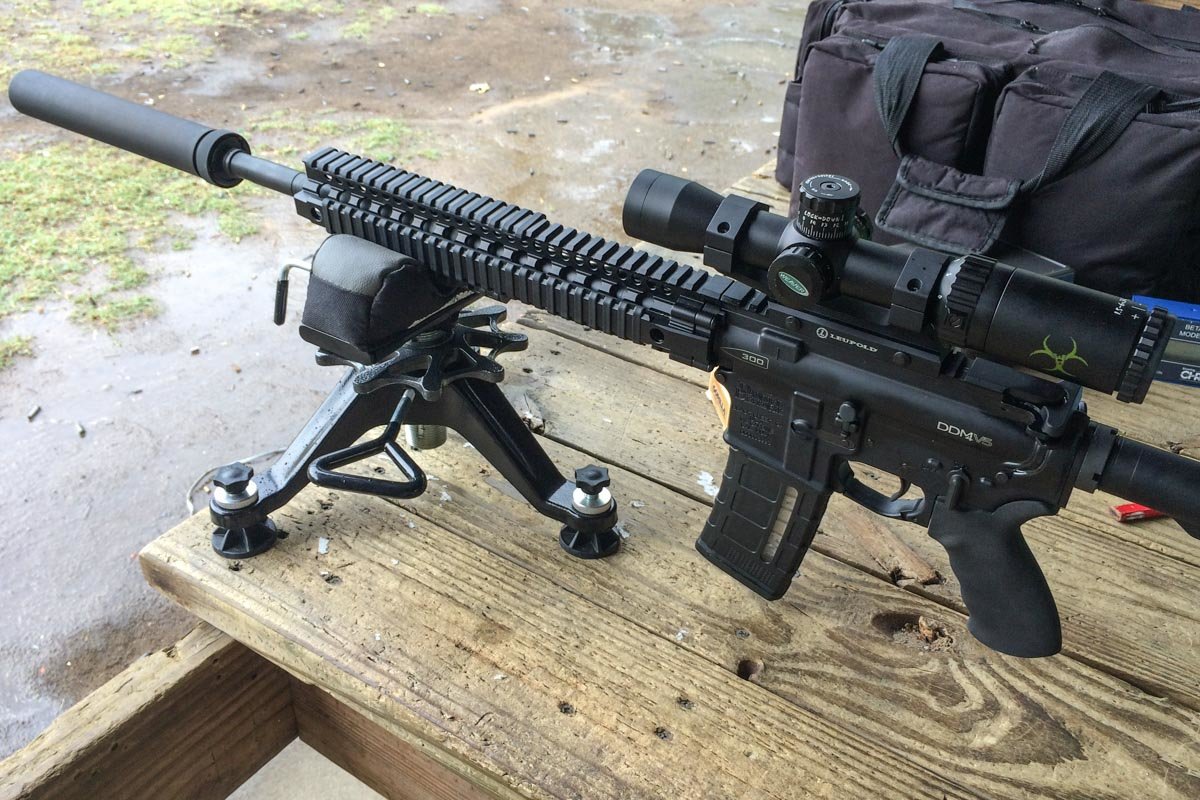










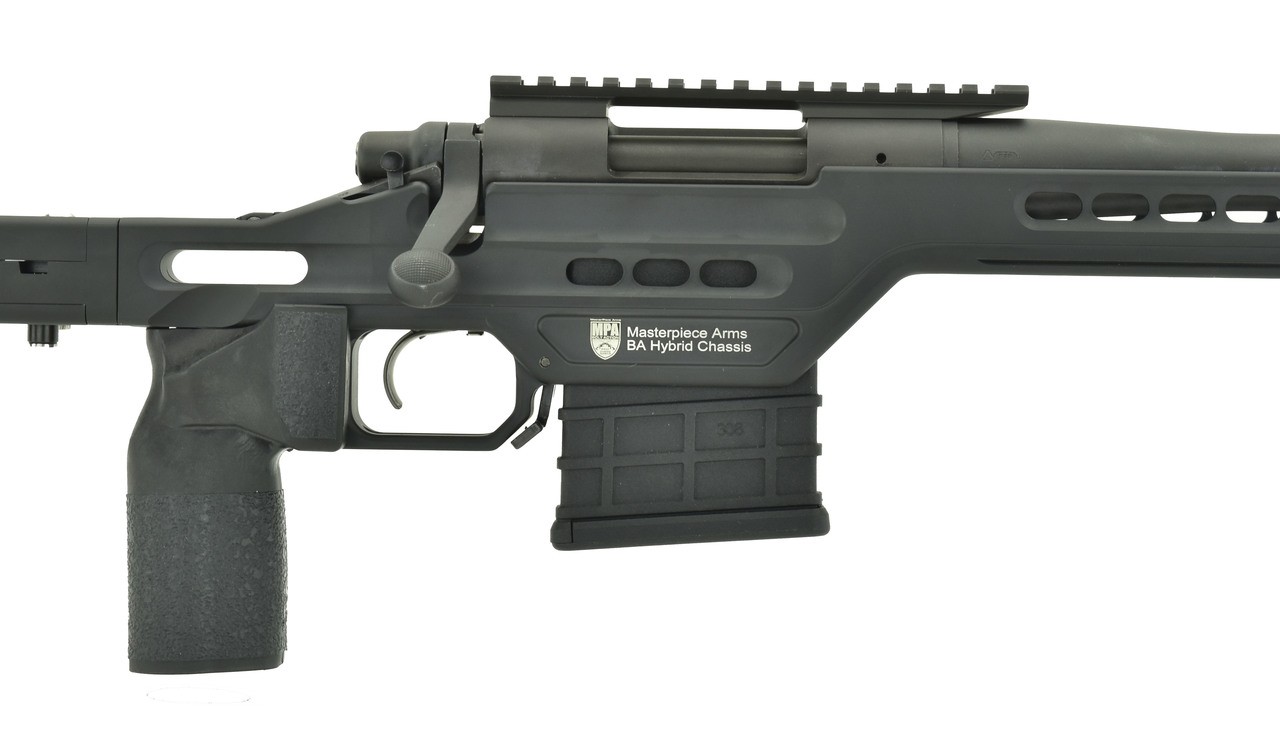
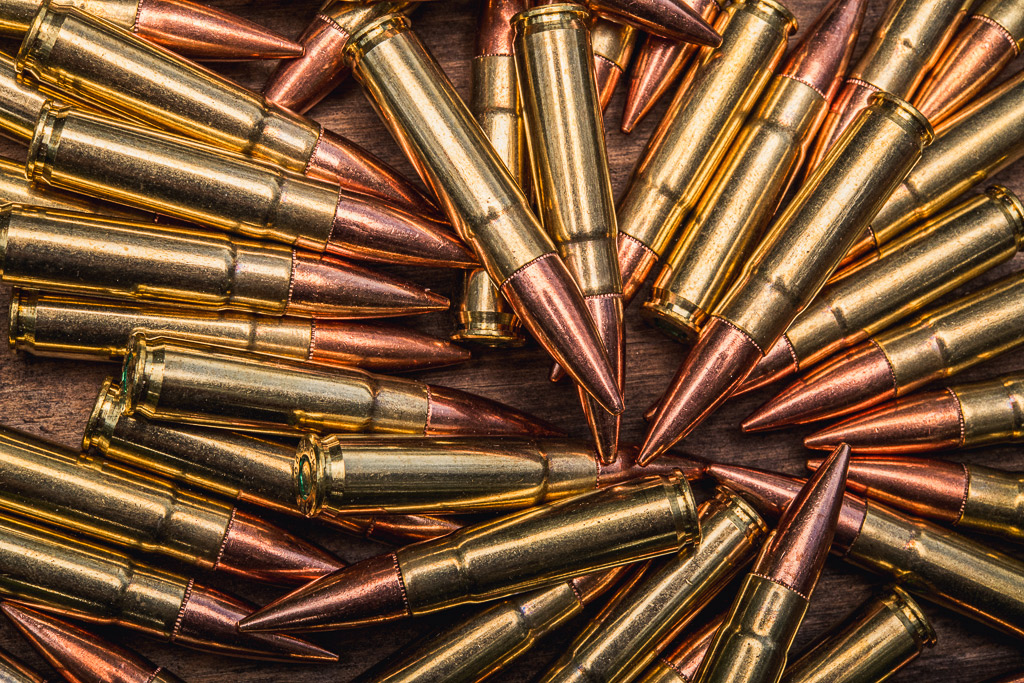
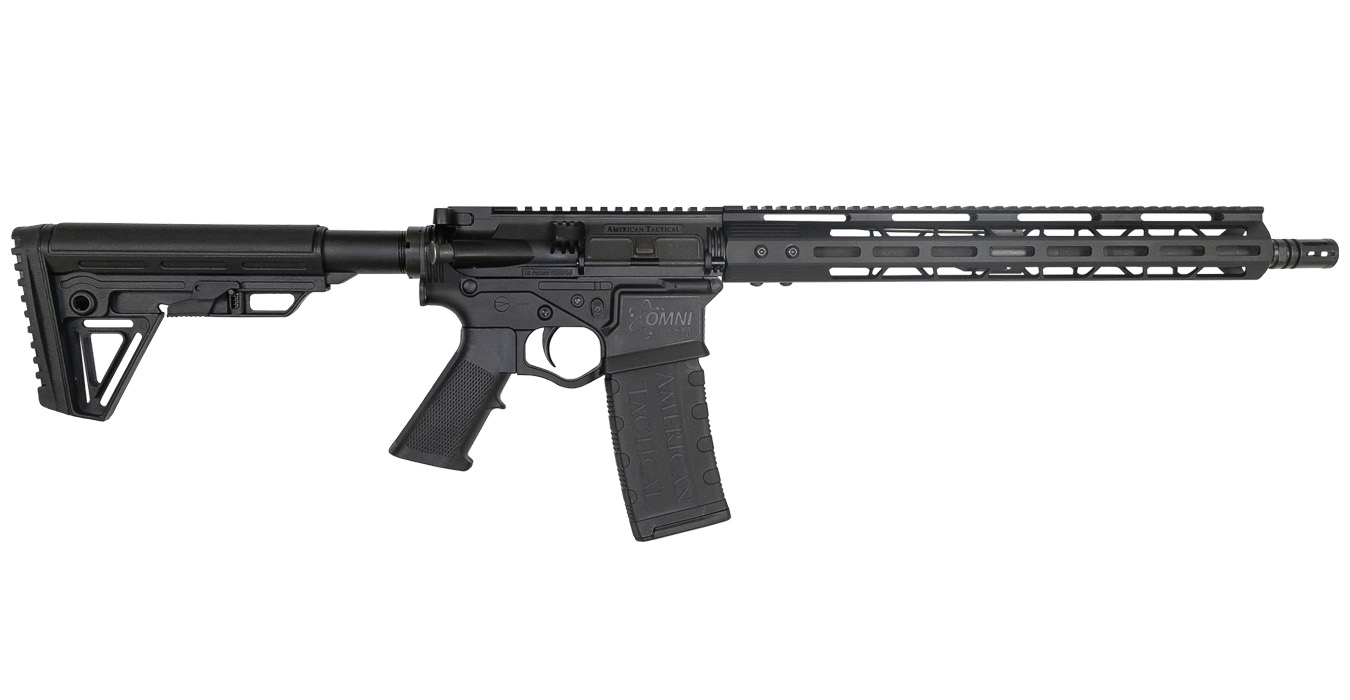



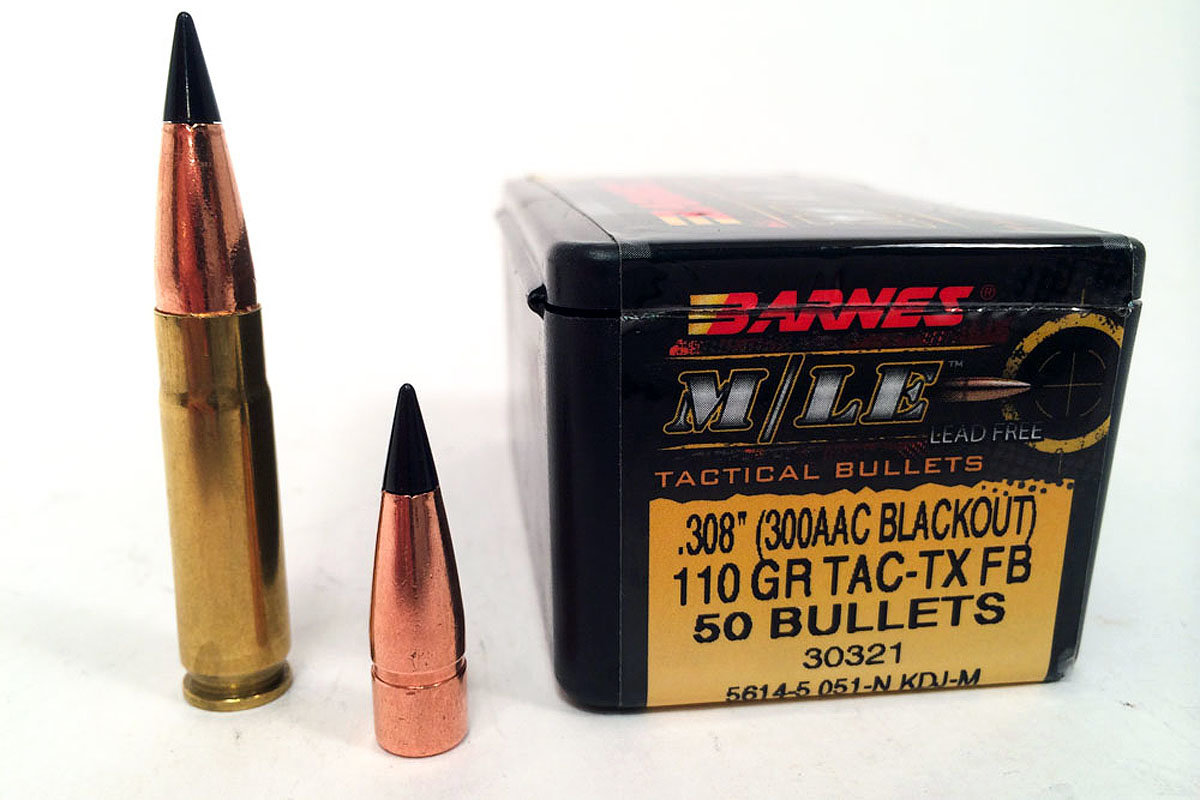



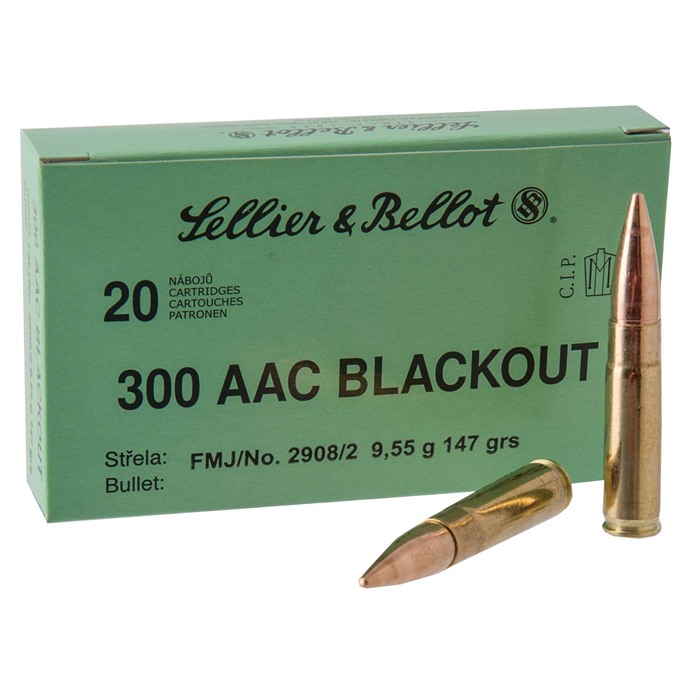





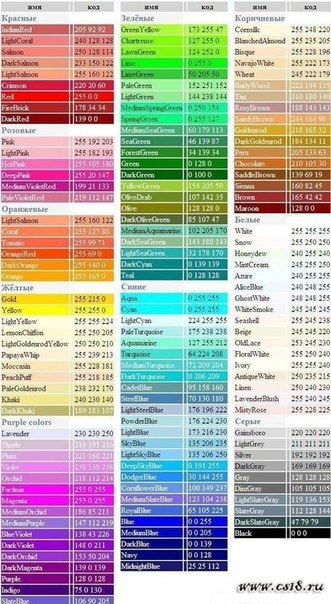
No comments:
Post a Comment
Note: Only a member of this blog may post a comment.